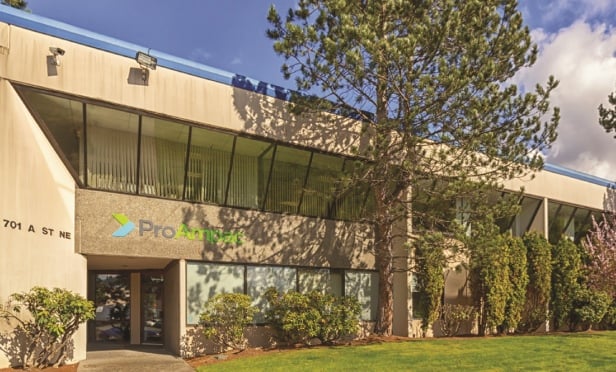ATLANTA—Mike Sivewright, JLL's Atlanta market director, has his finger on the pulse of the local commercial real estate market. In part one of this exclusive interview, we talked to him about whether or not Atlanta's office market is really recovering.
GlobeSt.com continues the conversation with Sivewright in part two, in which we discuss speculative development in the industrial sector and multifamily demand (and the possibility of overbuilding) and more. Be sure to come back to tomorrow's Southeast edition to get his thoughts on investor sales and what lies ahead for Atlanta's economy Tuesday morning.
GlobeSt.com: Speculative development has returned to the industrial market in Atlanta, a powerful sign that the sector is experiencing strong demand. Do you see rising demand extending through 2015 and, if so, what kinds of users will be the primary drivers of it?
Sivewright: Last year was a very good one for metro Atlanta's industrial real estate market, as 16.3 million square feet of space was absorbed, a figure not seen since the late 1990s. E-commerce, transportation and third-party logistics providers have driven the rising industrial demand in metro Atlanta, and should continue to do so in 2015.
As the year goes on and the housing market continues to get back on track, we should see increasing demand from some of the smaller industrial users that are tied to that market—carpet suppliers, roofing contractors and the like. These tenants, who typically lease 50,000 square feet to 100,000 square feet, are really the bread and butter of Atlanta's industrial sector.
GlobeSt.com: The multifamily sector continues to shine, and developers across the nation have responded by building new product. In Atlanta, are there any concerns about overbuilding?
Sivewright: We feel good about the demand/supply balance in Atlanta, and are optimistic that the metro area won't become overbuilt any time soon. Sure, the pace of apartment construction has picked up, but Atlanta is a young, vibrant and growing city, and is attracting a lot of Millennials—the primary users of multifamily space. In fact, Georgia has the fourth-youngest population in the United States. Add it all up, and we still think there's opportunity to add more supply.
GlobeSt.com: Much has been made about the death of the traditional mall and the rise of open-air, mixed-use developments that place an emphasis on creating a strong and unique experience for the shopper. What kind of future do you foresee for enclosed malls and traditional shopping centers in metro Atlanta?
Sivewright: Well, we certainly don't foresee construction of new regional, enclosed malls, but we still see great futures for traditional malls and shopping centers. People are going to continue to need that type of shopping experience. Class A malls in Atlanta like Phipps Plaza, Lenox Mall, and the Mall of Georgia are performing extremely well. Class B and C sites have struggled more, but broadly speaking, malls aren't going away.
We're seeing older malls and shopping centers adapt to the times by adding entertainment components, such as bowling alleys or movie theaters, and they're even leasing space to local governments or medical centers. They're getting creative with how they're filling vacancies and attracting foot traffic.
© Touchpoint Markets, All Rights Reserved. Request academic re-use from www.copyright.com. All other uses, submit a request to [email protected]. For more inforrmation visit Asset & Logo Licensing.



